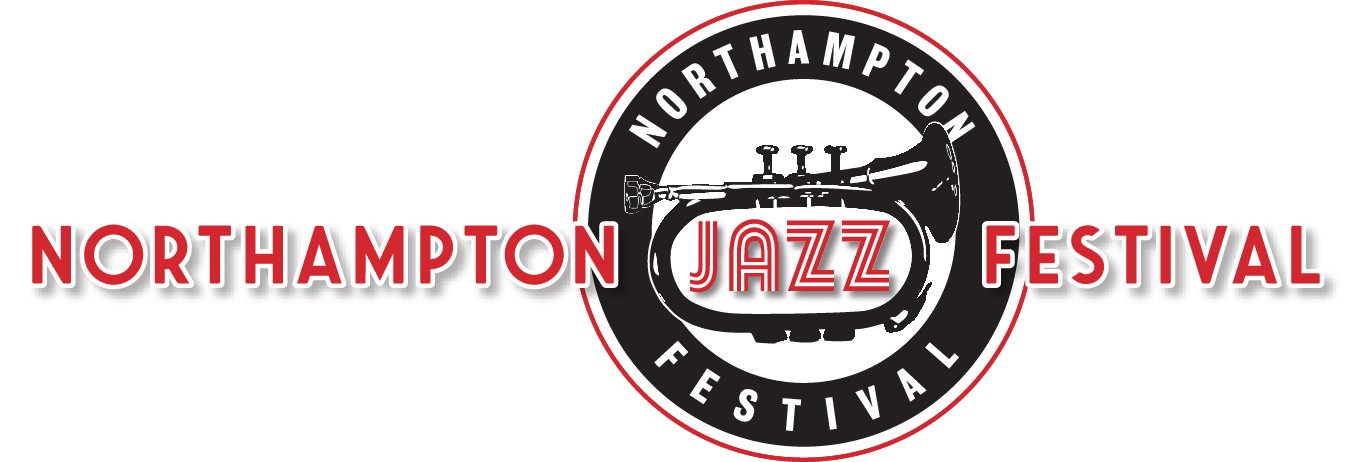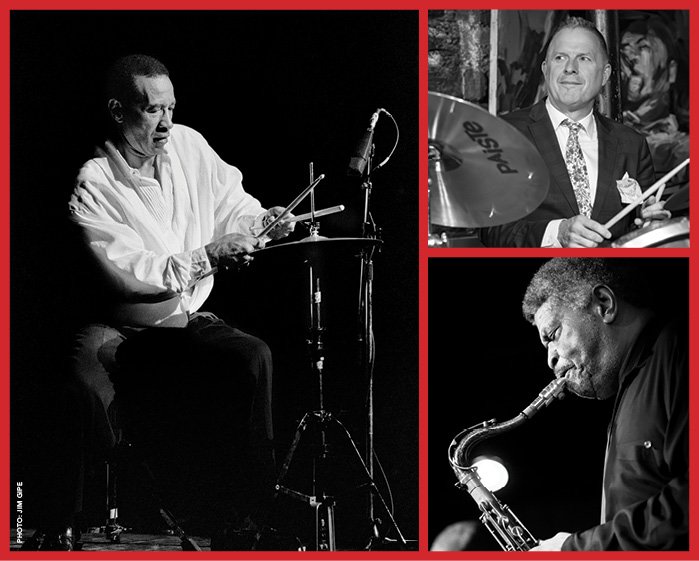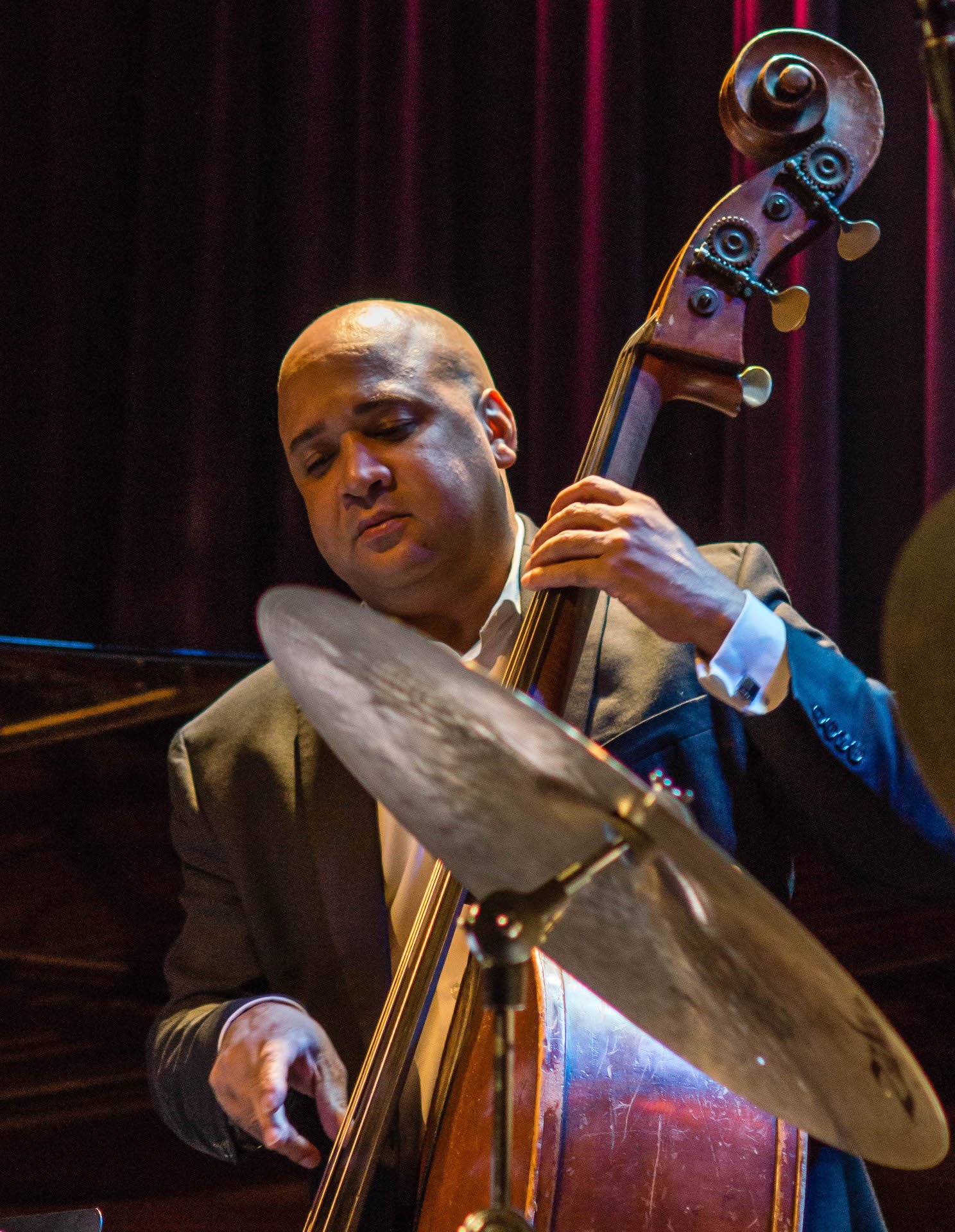Max Roach Centennial Celebration
with the Joe Farnsworth Quintet including special guest George Coleman
Saturday, September 30
7:30-9:00 p.m.
Academy of Music Theatre
274 Main St., Northampton, MA 01060
Join us as we celebrate the centennial year of one of the 20th century’s most influential musicians: drummer, bandleader, composer and social activist, Max Roach
We are honored to welcome NEA Jazz Master and Max Roach Quintet veteran, saxophonist George Coleman, to the frontline of an all-star band led by world-renowned, South Hadley-born drummer and Roach disciple, Joe Farnsworth. Joining them will be Christian Sands (piano), Jeremy Pelt (trumpet) and Peter Washington (bass).
Roach began his career in the 1940s, playing alongside other luminaries like Charlie Parker, Dizzy Gillespie, Thelonious Monk, Bud Powell, Miles Davis and Charles Mingus. In 1954 he formed the Clifford Brown-Max Roach Quintet which helped define the Hard Bop sound. His recordings in the 1960s were landmarks of the civil rights era. Roach was a member of the UMass Amherst faculty from 1972 until his retirement in 1994, during which time he continued to expand musical horizons, performing and recording with symphony, choir, and ensembles of all sizes, including as a solo percussionist.
A member of the National Institute of Arts and Letters, a Grammy Hall of Fame inductee, a MacArthur Fellow, a Commander of the Ordre des Arts et des Lettres in France, and the recipient of eight honorary doctorate degrees, Max Roach left an everlasting impression on music, culture and our community.
Joe Farnsworth, Drums and Bandleader
Joe Farnsworth
Joe Farnsworth, as chronicled on more than 200 recordings and witnessed within historical venues across New York City and the world, has indelibly penned his legacy within the history of jazz drumming.
Twice nominated for a Grammy Award, jazz elites who have sought Farnsworth’s artistry include Wynton Marsalis, Diana Krall, McCoy Tyner, Horace Silver, Barry Harris, Curtis Fuller, George Coleman, Eric Alexander, and Lou Donaldson as well as sustained collaborator Pharoah Sanders Quartet (16 years), Benny Golson Quartet (8 years), and Cedar Walton Trio (10 years). He has released eight albums as a leader, including his most recent recording, “In What Direction Are You Headed?” with Kurt Rosenwinkel, Immanuel Wilkins, Robert Hurst and Julius Rodriguez, a record about which Jeff Cebulski says, “Joe Farnsworth, in excellent form, not only evinces his wide talent but also his wisdom, casting a vision for our jazz future that doesn’t eschew the genre’s blues roots while still advancing. In What Direction Are You Headed? (2023) is both a good question and an essential album for the 21st Century.”
Farnsworth has studied the past so that he might show us the future of music rooted within the jazz tradition. He is committed to engaging the next generation of jazz artists so that he might share what he has gleaned through a life of music-making. As he delivers artist- residencies in Spain, Israel, Finland, Austria, Russia, and here at home, here is the message he carries: “I want to ensure the new generation receives what was given to me by the masters, including Billy Higgins, Roy Haynes, and Max Roach, who once passed along to me advice given to him by Lester Young, ‘Listen to learn. And learn to listen.’”
NEA Jazz Master George Coleman, Saxophone
George Coleman
The Tenor saxophone giant has been a major force in jazz for over 60 years. Coleman was born in Memphis, Tennessee, in 1935. He began playing the alto saxophone at the age of 15, after being inspired by the music of Charlie Parker. So prodigious was his talent that Coleman was soon performing locally and in 1952, at the age of 17, was invited to tour with B.B. King after the guitarist heard him in a local club.
In 1955, while a member of King’s band, he made the switch to tenor saxophone. He moved to Chicago in 1956, where he played alongside local heavyweights like Gene Ammons, Johnny Griffin and John Gilmore. In 1958 he joined the Max Roach Quintet, where he remained for two years.
In 1963 Coleman joined the groundbreaking Miles Davis Quintet, which also featured Herbie Hancock, Ron Carter and Tony Williams, and recorded four classic albums – Seven Steps to Heaven, My Funny Valentine, Four and Miles Davis in Europe – before departing to pursue other projects, leaving that highly visible position to Wayne Shorter. The following year Coleman and Freddie Hubbard joined with Miles’ rhythm team for Herbie Hancock’s landmark Maiden Voyage, one of the most popular albums in the history of jazz.
Over the next few decades, Coleman released a string of acclaimed albums as a leader. He also played with a wide range of other musicians, including Betty Carter, Chet Baker and Charles Mingus. In the 1970s, he began to focus more on his own composing and arranging, and he formed his own octet in 1974.
Coleman has continued to perform and record actively throughout his career. He is a recipient of the Jazz Foundation of America's Life Achievement Award, is a National Endowment for the Arts Jazz Master, and he has been honored by his hometown of Memphis with two keys to the city.
In addition to his music, Coleman has also been active in the areas of education and activism. He has taught at several universities, and he has appeared in films and television shows. He is a strong advocate for social justice.
- Ricard Torres-Mateluna
Christian Sands, Piano
Christian Sands
Christian Sands is a Grammy-nominated jazz pianist who has established himself as a forceful leader in composition and conceptual vision. His third recording for Mack Avenue, "Be Water," is a testament to his talent and creativity.
The album's title is inspired by the Taoist philosophy of "wu wei," which can be translated as "action without action." Sands sees this as a metaphor for the way he approaches music, which is to create a space for the music to unfold naturally.
"I don't want to force anything," Sands says. "I want the music to breathe and grow on its own."
In addition to his work as a solo artist, Sands is also a highly sought-after sideman. He has played with some of the biggest names in jazz, including Wynton Marsalis, Christian McBride and Kenny Garrett. He is also a member of the SFJazz Collective, a group of young jazz musicians who are dedicated to exploring new and innovative music. Sands has also been a Steinway Artist since 2012.
- edited by Ricard Torres-Mateluna
Peter Washington, Bass
Peter Washington
Peter Washington is one of the most recorded bassists of his generation. He has played an integral part in two of the most important and highly praised jazz trios of the last 20 years: the Tommy Flanagan Trio and the Bill Charlap Trio. He has also worked with a "who's who" roster of jazz artists, including Dizzy Gillespie, Benny Golson, Freddie Hubbard, Donald Byrd, Mulgrew Miller, Tom Harrell, the Brecker Brothers, and countless more.
Washington was born in Los Angeles and began playing classical bass in his youth. In 1986, while performing in San Francisco with alto saxophonist John Handy, he was asked by Art Blakey to join the Jazz Messengers.
Washington remained with the Jazz Messengers from 1986 to 1989. During this time, he established himself as a first-call freelance bassist. In the early 1990s, he joined the Tommy Flanagan Trio. He remained with the trio until Flanagan's death in 2002. For the past ten years, he has been a member of the Bill Charlap Trio.
- edited by Ricard Torres-Mateluna
Jeremy Pelt, Trumpet
Jeremy Pelt
Jeremy Pelt began playing the trumpet at the age of 12 and quickly showed a natural aptitude for the instrument. After graduating from Juilliard, Pelt began to establish himself as a rising star in the jazz world.
He performed with some of the genre's greatest masters, including Bobby "Blue" Bland, Ravi Coltrane and Frank Wess. As a leader, Pelt has recorded ten albums and has toured globally with his various ensembles, appearing at countless major jazz festivals and concert venues. He was voted Rising Star on the trumpet five years in a row by Downbeat Magazine and the Jazz Journalist Association.
Pelt frequently performs alongside such notable ensembles as the Roy Hargrove Big Band, The Village Vanguard Orchestra and the Duke Ellington Big Band, and is a member of the Lewis Nash Septet and The Cannonball Adderley Legacy Band featuring Louis Hayes.
- edited by Ricard Torres-Mateluna






